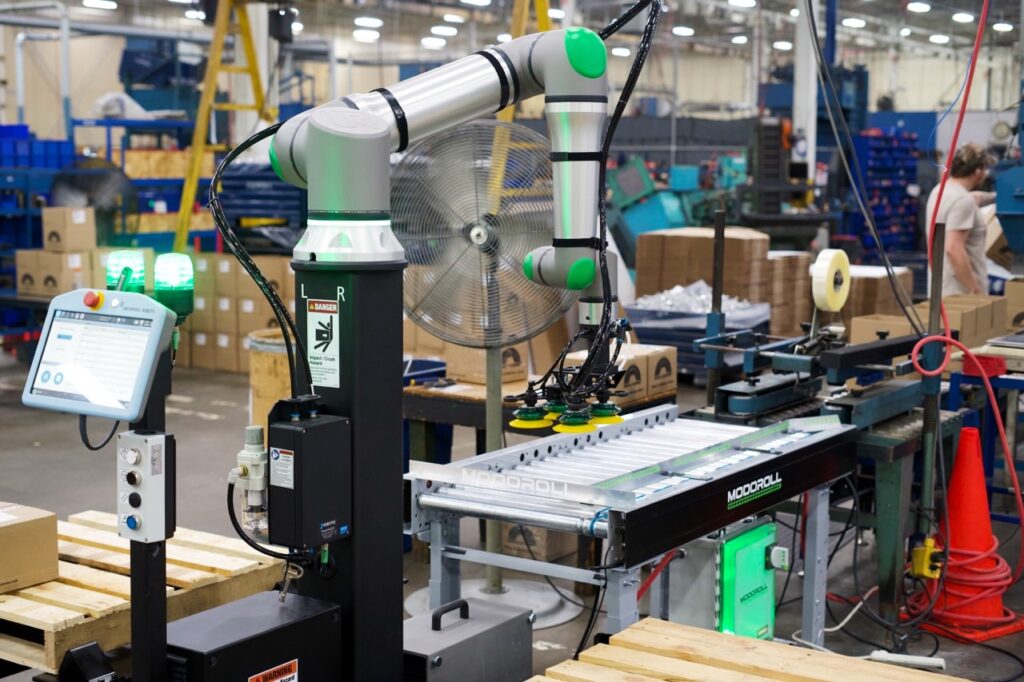Conveyance systems are a linchpin for putting packages into consumers’ hands. Conveyors literally underpin e-commerce; there’s a growing need for them and their associated components. Research from Fortune Business Insights pegged the global conveyor systems market size at $5.4 billion in 2021 and projects sales to hit $7.8 billion by 2029. According to the Bureau of Labor Statistics, warehousing will be the fourth-fastest-growing sector through 2032.
All this growth means e-commerce will need a massive infrastructure to process and fulfill consumer orders. The infrastructure to move packages is also intersecting with several trends shaping the design of conveyance systems. Conveyor buyers say they want improved safety, durability, modularity, sustainability and aesthetics.
Poor Design and Speed Affect Workers
Facilities often react to increased consumer demand by ratcheting up conveyor feed and speed. Higher speeds lead to vibration and higher decibel levels, often into the high 90s dB(A). If the noise level exceeds 88 dB(A) for four hours, the National Institute of Occupational Safety and Health say workers have reached their maximum allowable daily dose of noise and further exposure is hazardous. Elevated noise from conveyors has resulted in fines for some employers, so there’s a desire on the part of industry to reduce the decibel level to a safer range.
READ MORE: Smart Conveyor Control Using VFDs and Sensors
Designing conveyance systems that reduce hard surface contact is another way to bring noise levels down. Coating roller tubes can be an effective approach to sound reduction. With the right combination of components, it’s possible to reduce the decibel level from the high 90s to the 70s. While the optimum situation is reducing the potential for noise during the design and installation of conveyance systems, maintenance managers can also reduce sound by retrofitting conveyors with rollers with proprietary urethan blends. These coatings have a low durometer but still maintain high abrasion resistance. There are also vibration dampening opportunities when mounting conveyor sections to a facility’s floor.
With humans interfacing with the conveyance system, there are other types of injuries resulting from poor design. As the scale of warehousing has grown, there has also been an uptick in citations by OSHA for employers exposing workers to ergonomic hazards, such as employees awkwardly twisting or extending to lift boxes.

